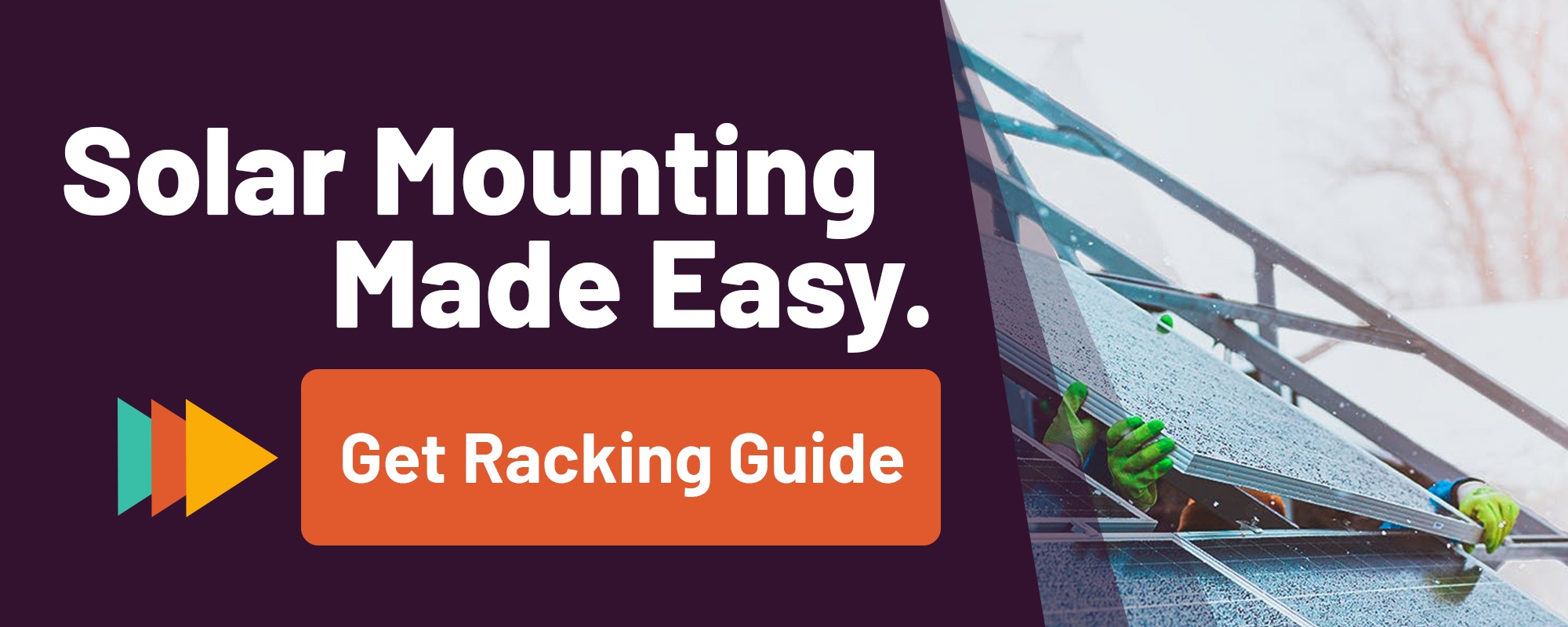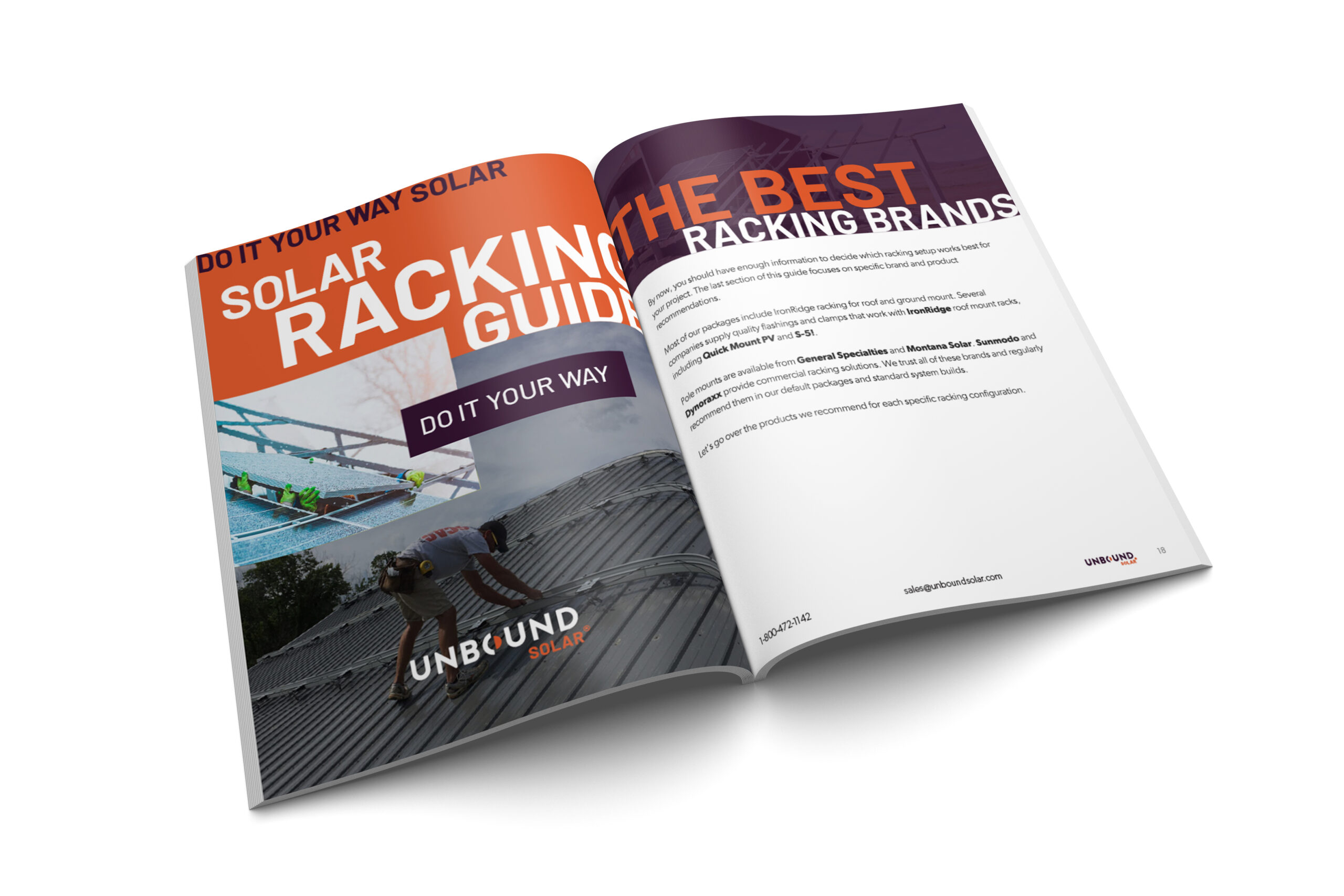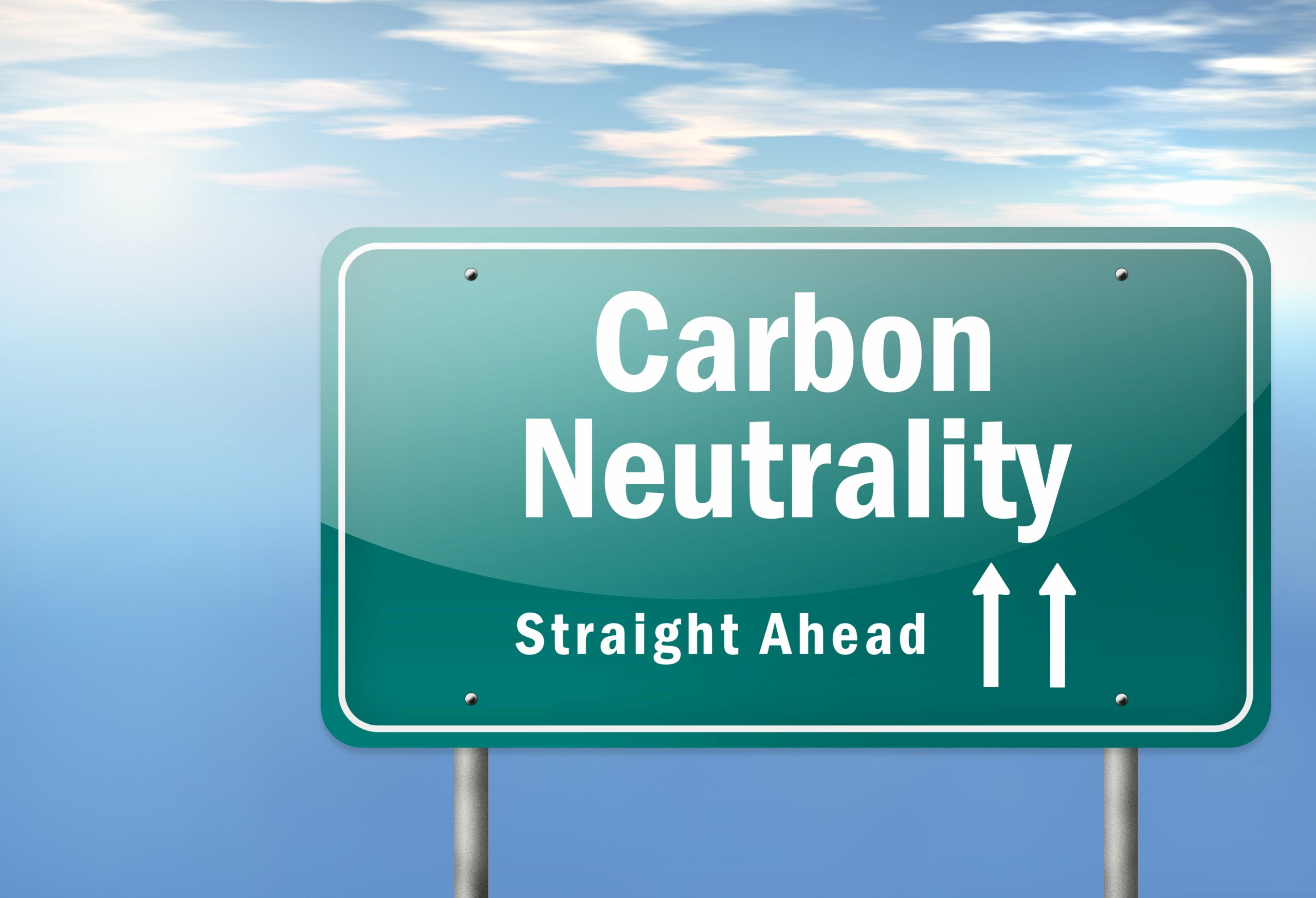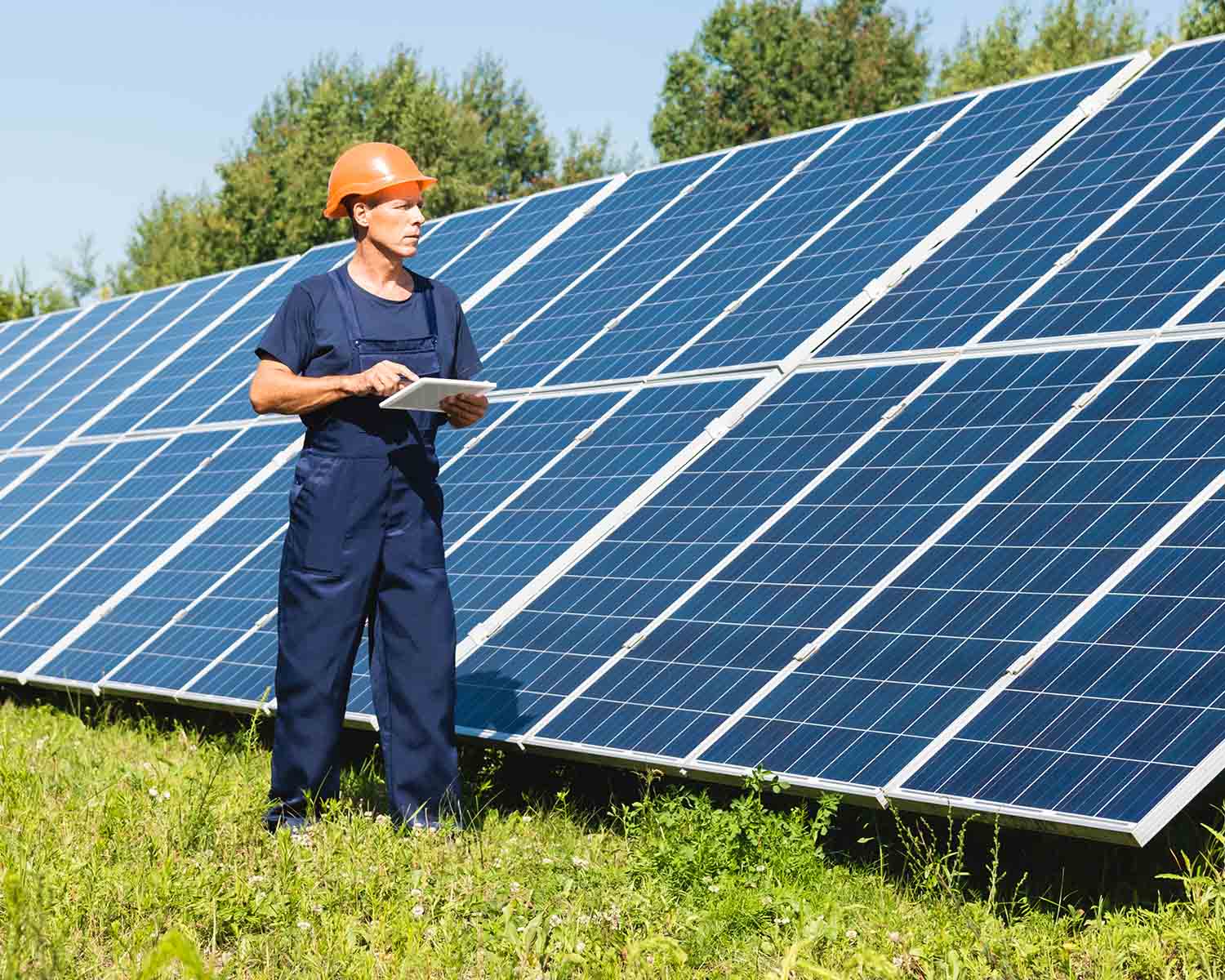According to data from Consumer Reports, more residential homeowners are opting for solar power than ever before. From 2010-2015 the number of residential solar PV installations increased dramatically.
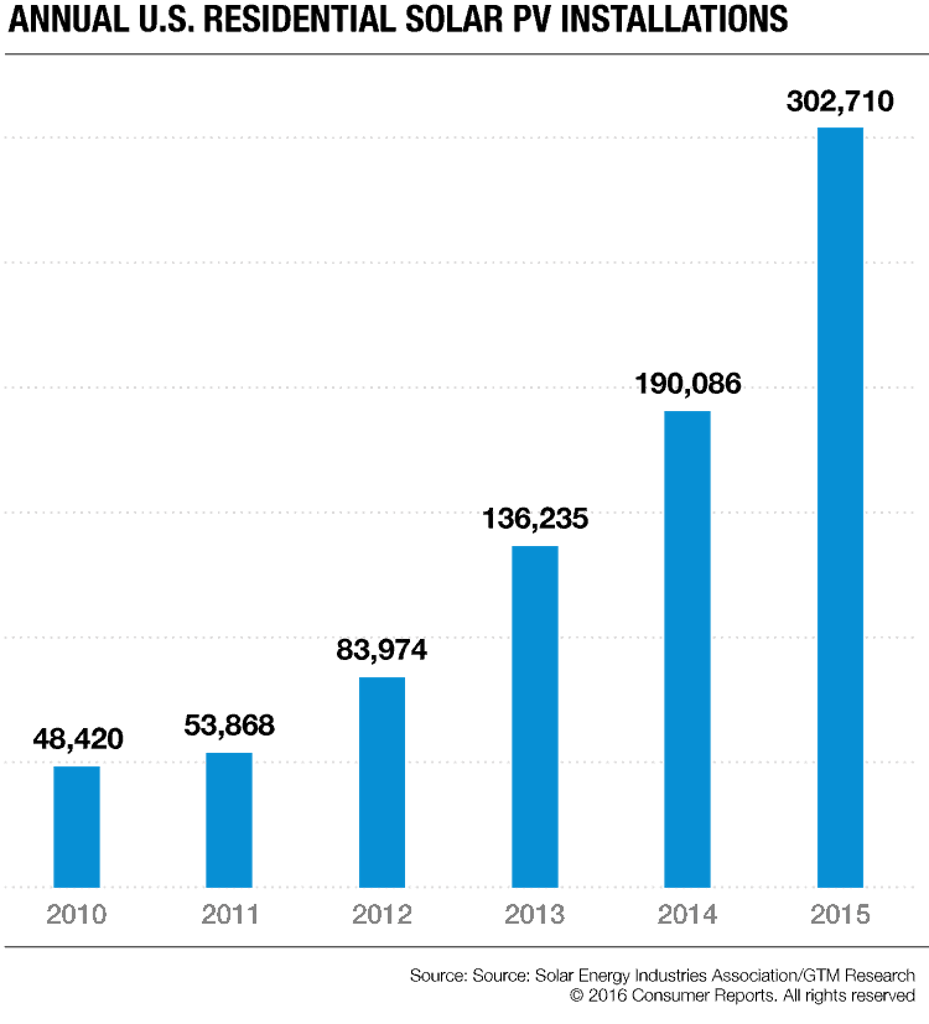
I surveyed three consumers who recently made the switch from PG&E power to sun energy, and they all said the same thing – their biggest concern during the purchasing process was their roof.
Many residential customers don’t have space for a ground-mounted solar power system. However, if your biggest concern is saving money and getting a quicker return on your investment, rooftop solar panels are likely the best fit anyway.
A rooftop installation is always more cost-effective because it takes advantage of an existing structure. With a roof mount, you don’t have to go out and buy pipes and concrete or pay for the extra labor it takes to install the system.
And although a rooftop solar system seems simpler at first glance, there are still a few important questions you might want to consider. In fact, here are the answers to five of the most common questions about rooftop solar power for home use.
Question #1: “Is my roof a good candidate for solar panels?”
Most residential customers considering the switch to solar power want to know whether their roof is even fit for solar in the first place. The truth is, solar panels can be installed on almost any type of roof – you just have to find the right mounting system for the job.
To get more information on mounting systems for rooftop solar, I spoke with solar industry expert Brady Schimpf, who is the Technical Marketing Engineer at Ironridge. According to Schimpf, “there [are] mounting systems for just about everything…but some are much more difficult, expensive, and labor intensive than others.” The first thing to consider before a roof installation is the material that the roof is composed of. The most common roofing material, composition shingle, is one of the easiest to install solar panels onto aside from a metal roof.
In general, solar panels are best installed on a sturdy roof that is made of composition shingle or metal, and things tend to be a bit more difficult on tile roofs – especially those that are so delicate that technicians can’t walk on them, like Spanish tile.
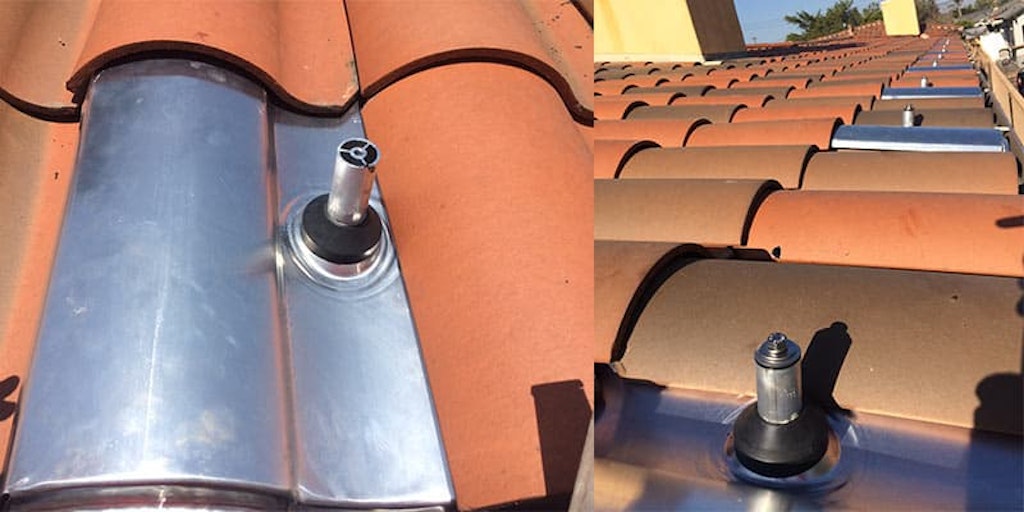
One technique an installer can use with a tile roof is to remove a section of tile and install shingles where the solar panels are going. This makes the solar system appear flush with the roof due to the raised height of the remaining tiles, and you won’t be able to see the shingle roofing underneath the solar panels.
Each type of roof will likely require a different style of mounting hardware, so if you plan on doing your own installation be sure to discuss those details with a solar consultant. For example, a low slope roof (a.k.a. flat roof most commonly seen on commercial buildings) can be tricky to install on, and typically requires hiring a roofing company to install flashings.
On the other hand, something like a metal roof can be much more straightforward. On certain types of metal roofs, a solar array can be clamped down without penetration, making it 100% leak-free. You might also check out this video about solar panel mounting options or this one below, which details how to mount solar panels to a roof step-by-step.
In addition to materials, customers should also consider the pitch angle of the roof, the size and shape of the roof, how much shading is present, the direction the roof is facing, and of course the age of the roof. All of these elements can affect how much solar energy your system is able to produce. If the system is installed correctly and optimized, it could potentially cover the cost of a new roof in energy savings in as little as 5 years.
Question #2: “Do I need a new roof to install solar?”
If your roof is in need of any major repairs, you will want to take care of them before you install your rooftop solar system. Solar energy systems have a lifespan of 25 to 35 years and taking a solar system down to replace a roof can be complicated and costly.
But generally speaking, this is only an issue for shingle roofs, which have the shortest lifespan. A shingle roof installed in the last 5 years is probably good to go for solar. For a roof that is older than that, consult a roofer to find out whether you need to replace the roof or perform major maintenance before installing solar panels.
Question #3: “Do rooftop solar panels damage the roof?”
One huge myth about rooftop solar installations is that it will damage the roof. On the contrary, a rooftop solar system can extend the life of a roof by protecting it from the elements.
Rooftop solar arrays are mounted slightly higher than the roof so air can circulate under the panels to prevent overheating. That being said, confirm that the technicians installing your rooftop solar system have experience with your particular roofing material and investigate whether the solar installation will void your original roofing warranty. Also, make sure you regularly clean debris like leaves and pine needles out from under the panels.
According to Schimpf, “Something a lot of new installers or DIY builders struggle with is damaging the shingles,” and the real issue with putting holes in your roof is the potential for water damage. As described by Schimpf, who has a long background in solar installation, technicians will install flashing underneath the shingles, and if they don’t take their time and lift the shingles carefully, it can damage the roofing materials making your home susceptible to water damage. Thankfully, much of those worries about water damage can be alleviated by some innovations in mounting hardware made in the last 5 years.
Schimpf described an elevated seal system produced by Ironridge that uses strategically placed metal flashing instead of rubber or sealant to divert water around the hole. This means homeowners would be reliant on an elevated piece of metal, which will likely outlast the home itself, over a rubber or sealant that has an unknown lifespan.
Question #4: ” Can I install a rooftop solar system by myself or do I need to hire an expert?”
Depending on your skill set, you can install a solar array on your own or partner with a contractor. Some Unbound Solar customers handle a majority of the project on their own but hire contractors for some of the work. For example, you might want to pay a roofing company to install the flashings and then you can bolt on the rails and solar panels yourself. Any local roofing company can install flashings, and the company that installed your original roof will be able to verify that it won’t affect the original warranty.
Of course, doing everything yourself can cut down on the cost of your system and is perfect for a customer that wants to be highly involved with every step of the process. According to Schimpf, any DIY installer should try to find a mounting system that “goes together simply, has a low part count and is easy to put together.” Considering you’ll be working on an inclined surface, the less little parts you have lying around, the better. Schimpf compared the process to the “Ikea Cabinet Scenario,” where “you’ve got 60 different screws and fasteners, you’re trying to put it all together, and once the cabinet is assembled you realize you’ve got it all backward.”
Schimpf also noted an essential piece of information regarding fire code compliance. He recommended finding a mounting system that is UL2703 listed, which means it has been through rigorous testing to make sure it can handle large surges of energy, has the proper structural capacity, and won’t interact with the solar array to accelerate house fires. For more information on this and other key details regarding DIY installation, you can check out beginner to advanced webinars from Ironridge.
Question #5: “Where might I encounter hidden costs that decrease my ROI?”
When a customer asks how solar panels will affect their roof, they’re ultimately questioning whether they’re going to be faced with extra costs or headaches down the line. And this much is true – taking down and storing solar panels while replacing a roof can be costly.
One important point to make is that most solar systems have the same lifespan as the average roof, so as long as your roof is in good condition when the solar system is installed, you won’t have to take the solar panels down until it’s time to upgrade both the roof and your solar system.
So what does an expert on mounting hardware state as his biggest concern for rooftop installers?
“Keeping your roof membrane intact, keeping water out of your house… and taking the most time to make sure it’s done right.”
Some additional tips offered up by Schimpf involve commonly overlooked elements regarding mounting a junction box or rooftop conduit box. Customers should take the same precautions around water damage as is done with the solar array, otherwise, you’re really only completing half the job.
Additionally, be meticulous with your wiring. There will be cables that come down from every panel, and they need to be kept secure. If they’re drooping and blowing on the roof in the wind, the rough roofing material can wear through the insulation of the wire causing safety hazards. Also, as explained in this article by Mark Durrenberger from New England Clean Energy, unsecured wiring can provide a nesting location for small animals and collects debris more easily.
The wiring behind your panels can be secured using metal clips that keep everything tight and neat– just make sure the materials are made for solar use, like these metal clips from Ironridge. A cheap bag of zip ties won’t be able to withstand the elements in the long term.
So whether you’re ready to hop on the roof and install your own solar array or want to hire an expert, there are many design elements to consider. Some of the main takeaways are safety, the longevity of the parts used, and code compliance.
If you’re ready to explore your options, download our Solar Racking Guide for more info.
